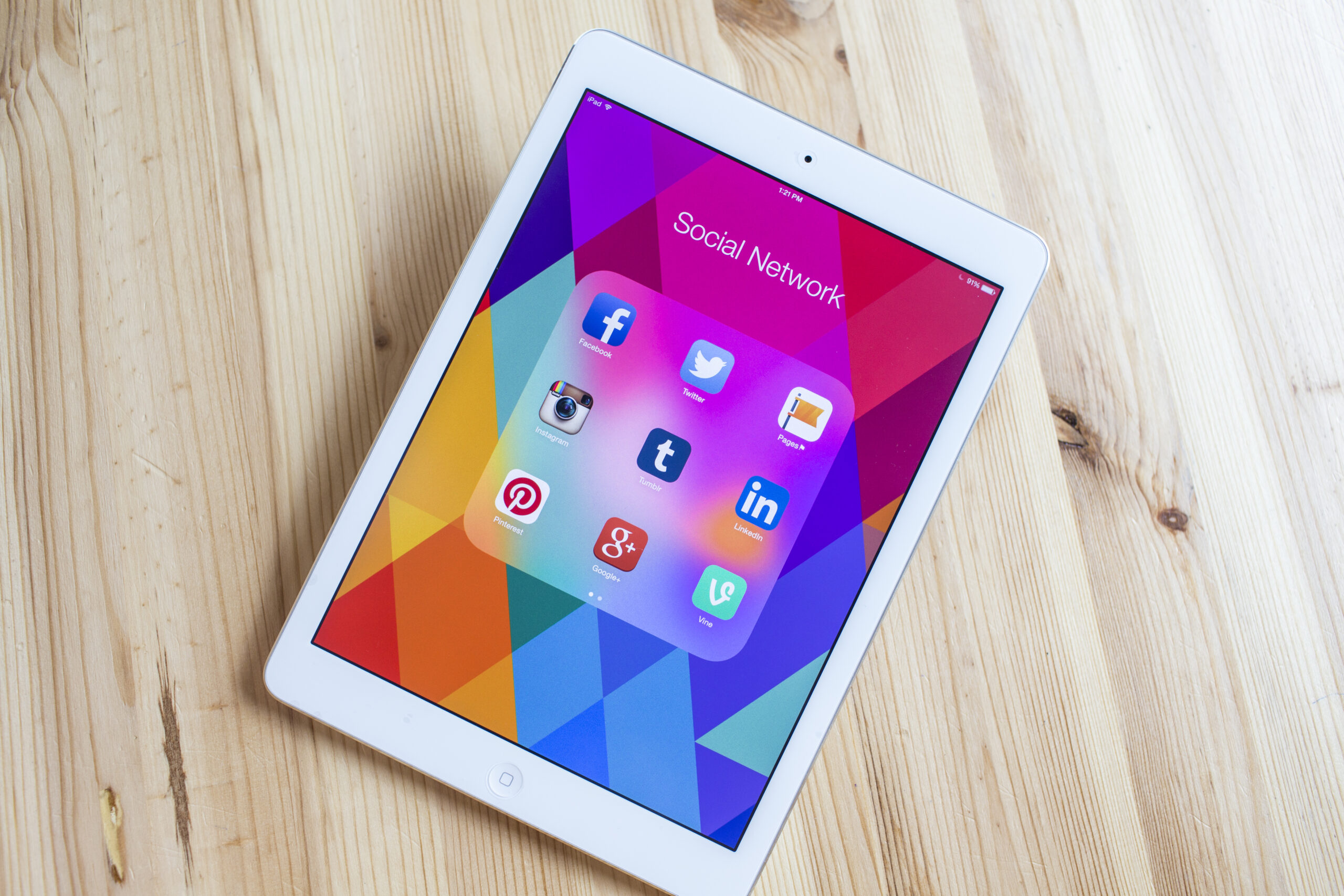Unlocking Potential: Exploring the Benefits of Using AI in the Workplace
Artificial Intelligence (AI) has become a buzzword in recent years, and for good reason. With its ability to automate tasks, analyze data, and learn from patterns, it’s no wonder that businesses are turning to this technology to improve their operations. In fact, according to research by Accenture, AI could add $14 trillion to the global economy by 2035. But what exactly can AI do for your workplace? Let’s take a closer look at some ways you can use AI to unleash your potential.
Introduction to AI in the Workplace
One of the most significant benefits of using AI in the workplace is its ability to streamline repetitive tasks. This frees up employees to focus on more creative and strategic endeavors. For example, an AI-powered chatbot can handle customer service queries, allowing human agents to tackle complex issues that require critical thinking. Additionally, AI can help with scheduling appointments, managing emails, and even generating reports. By automating these routine tasks, companies can increase productivity while reducing errors and costs.

Best Ways to Use AI at Work
Another way to leverage AI in the workplace is through predictive analytics. Companies can use machine learning algorithms to identify patterns and make predictions about future outcomes. For instance, retailers can forecast demand for products based on historical sales data, enabling them to stock inventory accordingly. Similarly, financial institutions can use AI to detect fraudulent activity before it occurs, preventing losses and protecting customers. Predictive analytics can also be used to optimize staffing levels, ensuring that there are enough resources available during peak periods without overstaffing during quieter times.
Latest AI Office Tools

As AI continues to evolve, new tools are being developed that can enhance collaboration and communication within teams. One such tool is virtual assistants like Amazon Alexa or Google Assistant. These devices can answer questions, schedule meetings, and provide real-time updates on projects. Another useful application of AI is natural language processing (NLP), which allows computers to understand and interpret human speech. NLP can be integrated into voice recognition software, making it easier for workers to dictate notes and commands hands-free.
How to Use AI to Be More Productive
To get started with AI in the workplace, companies need to first identify areas where they can benefit from automation. They should then invest in appropriate hardware and software solutions that align with their goals. It’s essential to train employees on how to use these systems effectively so that they can reap the full benefits. Finally, companies must ensure that security measures are in place to safeguard sensitive information and minimize risks associated with cyber threats.
In conclusion, AI offers numerous opportunities for businesses looking to stay competitive in today’s fast-paced world. Whether it’s improving efficiency, increasing accuracy, or fostering innovation, AI can help organizations achieve their objectives faster and better than ever before.







